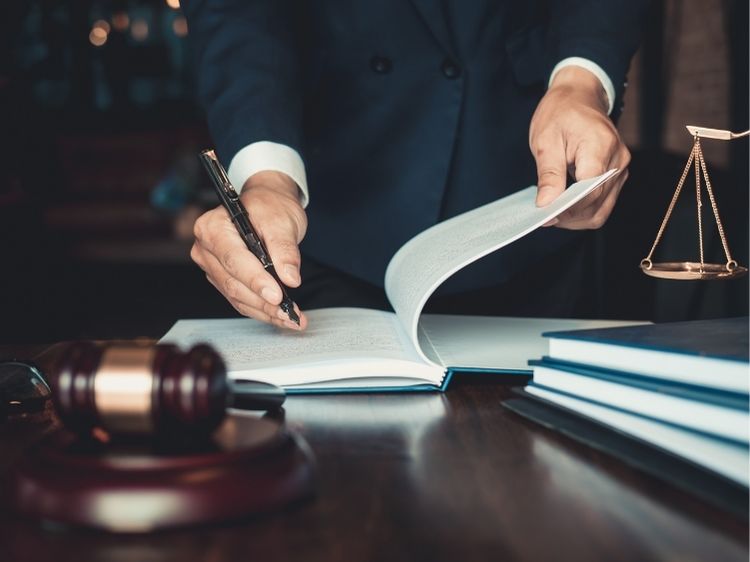The expression “Jim Crow laws” evokes an incredibly painful period in American history, a period when racism was a systemic issue and segregation was a law of the country. The laws, which had been enshrined throughout the Southern states, represented an intentional effort to stifle African Americans’ rights and keep racial hierarchy in place even after the abolishment of slavery. Understanding the history, origins, enforcement and eventual dismantling of Jim Crow laws provides critical insights into their long-lasting impact on the society.
The Origins of Jim Crow Laws
The phrase “Jim Crow” originally referred to a cartoon used in minstrel shows of the 19th century that depicted a stereotypical and dehumanized picture of African Americans. The term was later adapted to describe a set laws and regulations that imposed discrimination and racial segregation. Following the Civil War, the Reconstruction era offered hope for African Americans through the 13th and 14th Amendments that granted freedom, citizenship, as well as voting rights. However, these gains were faced with a fierce backlash.
In the latter half of the nineteenth century Southern states were beginning to adopt Jim Crow laws to undermine these advances. In the spirit of white supremacy these laws were crafted to disenfranchise African Americans and segregate them from white communities. Public spaces like schools, restaurants, transportation and even restrooms were largely divided on the racial divide, having Black facilities being a vastly inferior or not even present.
Legal Backing and Institutionalized Racism
Jim Crow laws were legitimized by the notorious 1896 Supreme Court ruling in Plessy v. Ferguson. The court affirmed the legality of “separate but equal” facilities and essentially provided an legal basis for segregation. This ruling fueled Southern states to increase the discriminatory policies they employ. African Americans faced a litany of restrictions that not just denied them access to equal opportunities, but also made them inferior citizens.
The discrimination of the Black community under Jim Crow went beyond public spaces. Voting restrictions like exams for literacy, taxes on polls and grandfather clauses were systematically excluding Black citizens from taking part in democratic processes. These laws, usually enforced using the use of violence or intimidation guaranteed they were African Americans were politically powerless, leaving white supremacist institutions unchallenged.
The Human Toll of Segregation
The effect from Jim Crow laws was felt throughout African Americans’ lives. The education system was an obvious example of the inequality. Black schools were poorly funded and overcrowded, frequently without basic resources like textbooks or qualified teachers. This gap perpetuated poverty cycles and restricted upward mobility.
At work, Jim Crow laws reinforced the discriminatory hiring policies, which relegated African Americans to low-wage, menial jobs with no chance to advance. The policies on housing like redlining further secluded communities, limiting Black families to areas with poor living conditions.
The psychological cost was devastating. Jim Crow laws reinforced a social perception of the notion that African Americans were inferior, that led to widespread humiliation as well as the dehumanization of. Lynchings in public, which were often performed with impunity were viewed as disgusting displays of terror designed to enforce the law and silence dissidents.
Resistance and the Civil Rights Movement
Despite the repressive character of Jim Crow laws, African Americans showed extraordinary resilience. Black leaders, groups and ordinary citizens rallied to uproot the system and insist on equality. People such as Booker T. Washington, W.E.B. Du Bois, and Ida B. Wells were vocal opponents of segregation, arguing for legal action, education and public awareness.
The 20th century was the beginning of a new era. The important 1954 Supreme Court case Brown v. Board of Education declared the doctrine that proclaimed “separate but equal,” declaring that the practice of segregation in public school illegal. The decision sparked a wider social justice movement, which gained traction in the 1960s, fuelled by the grassroots, non-violent protests along with federal interventions.
Important events like key events like the Montgomery Bus Boycott and The March on Washington, and the Selma to Montgomery marches have energized public opinion and compelled lawmakers to act. In 1964, the Civil Rights Act of 1964 and the Voting Rights Act of 1965 eventually dismantled the legal framework that governed Jim Crow, outlawing discrimination and guaranteeing equal rights within the legal system.
The Legacy of Jim Crow
The legalization of Jim Crow laws was a important victory however, its legacy persists to affect American society. Inequalities between races in the areas of housing, education and healthcare, as well as those in criminal justice remain evidence of the inequalities created in the Jim Crow era. The efforts to reduce these disparities require constant monitoring and advocacy as well as policies that are reformable.
The history of Jim Crow laws serves as an important reminder of the risks of institutionalized racism, and the necessity of standing up against injustice. The importance of educating future generations on this dark section is crucial to creating an equitable and inclusive society.
Conclusion
The history of Jim Crow laws is a illustration of the strength of humankind against the backdrop of systematic oppression. Although these laws were designed to remove African Americans of their dignity and rights, they eventually inspired a movement that changed the entire nation. Through understanding the history of this movement and the sacrifices made by the people fighting for equality. affirm our determination to build an environment where equality isn’t just an ideal, but actually a reality.







